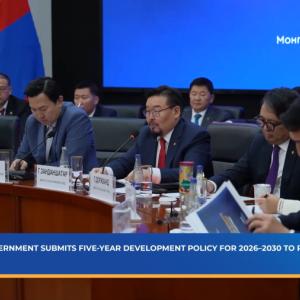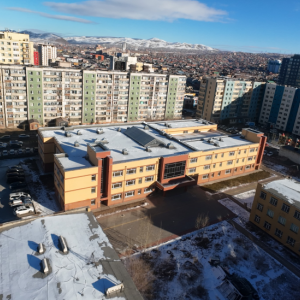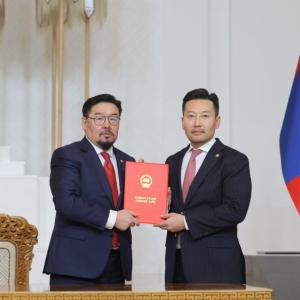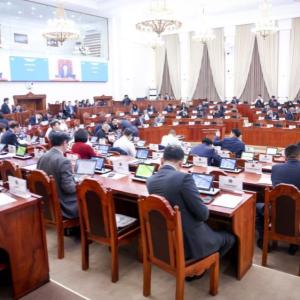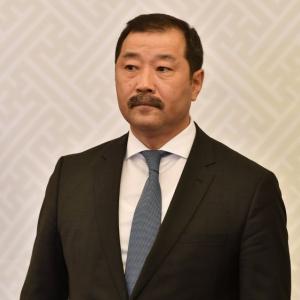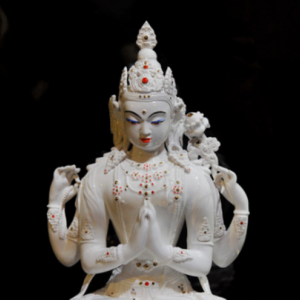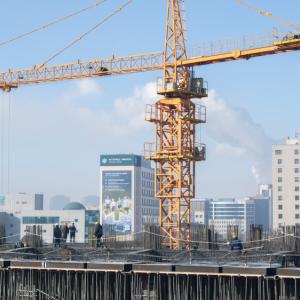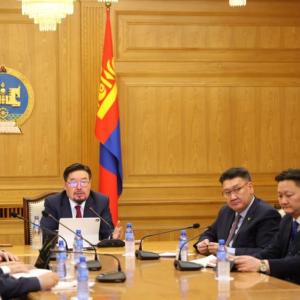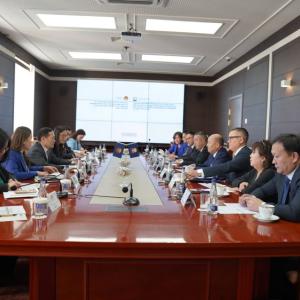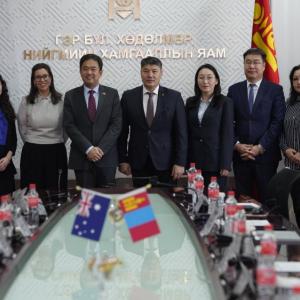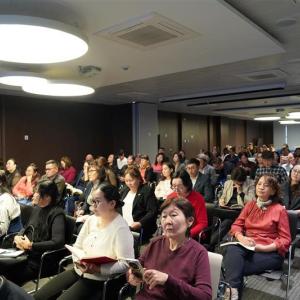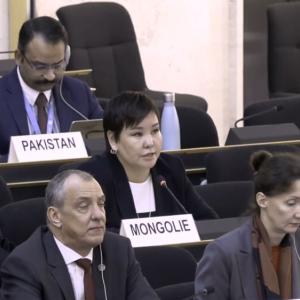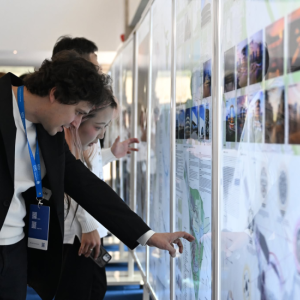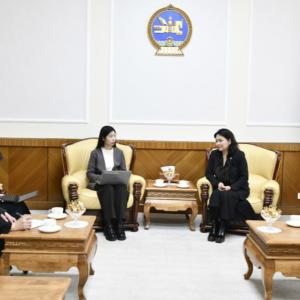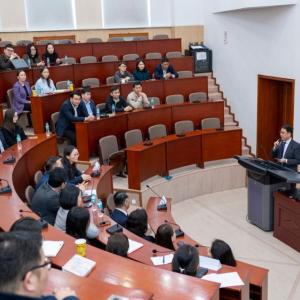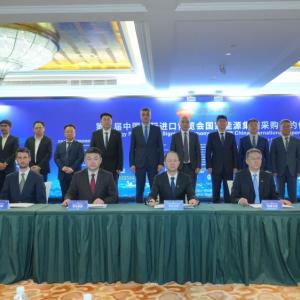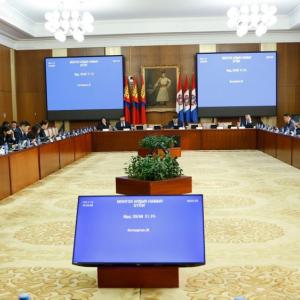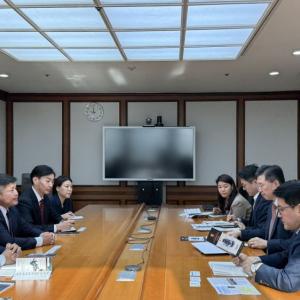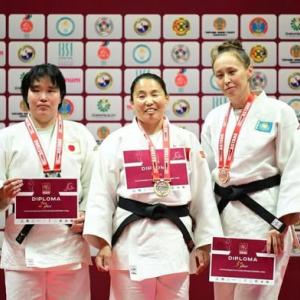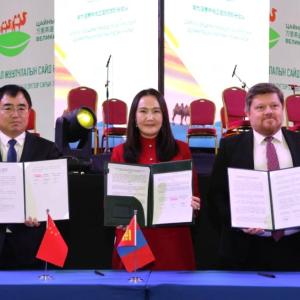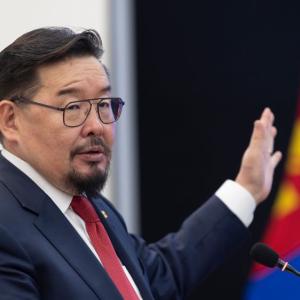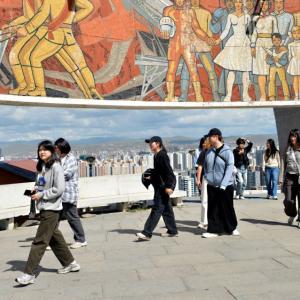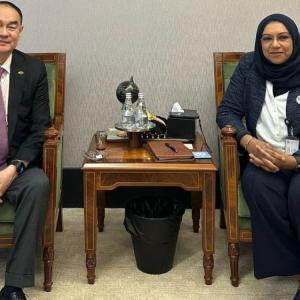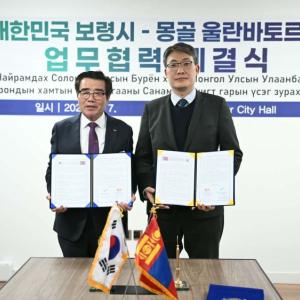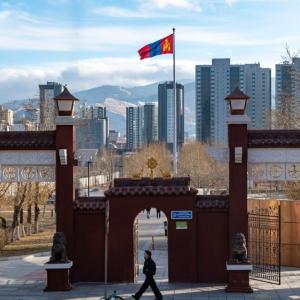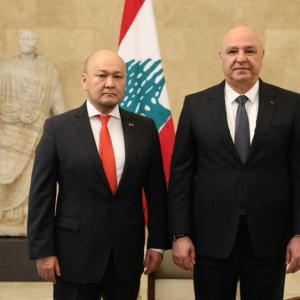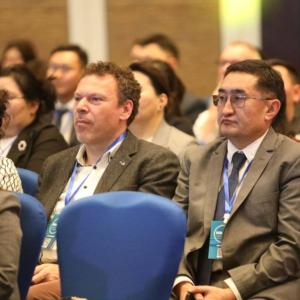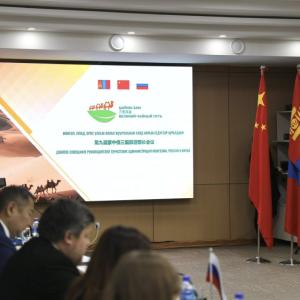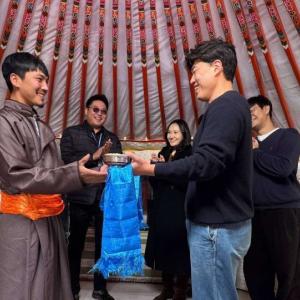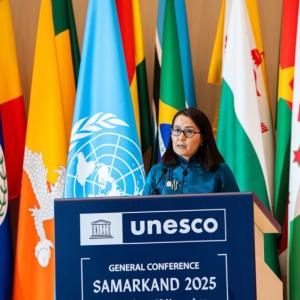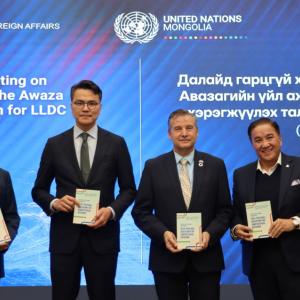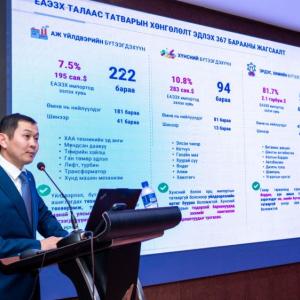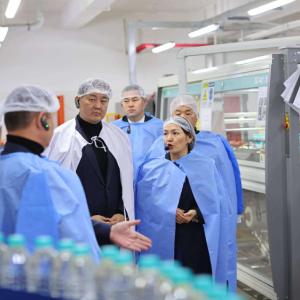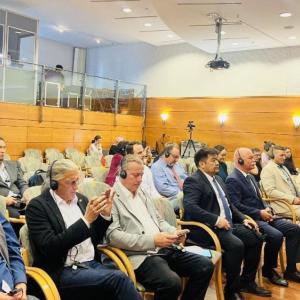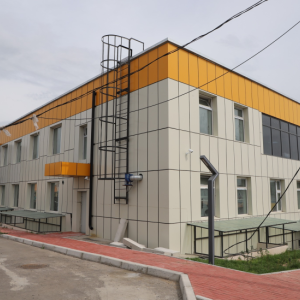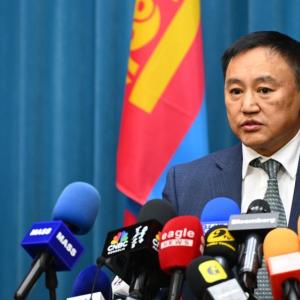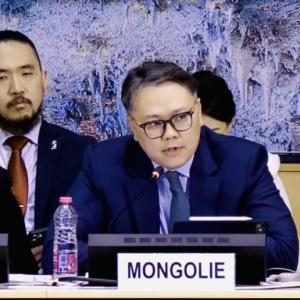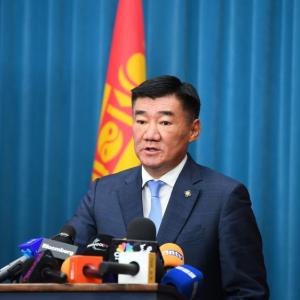Discussion held on project for gender equality in decision-making
Society
Ulaanbaatar /MONTSAME/. On August 11, Minister of Labor and Social Protection A.Ariunzaya held a meeting with representatives of the Korea International Cooperation Agency (KOICA), the United Nations Development Programme and the National Committee on Gender Equality.
Mongolia ranked 58th out of 149 countries in the 2018 Gender Gap Report from the World Economic Forum, while ranking 65th among 189 countries for its gender inequality index, and 121st among 193 countries for women’s participation in decision-making. Thus, in aims of supporting the provision of gender equality and the implementation of duties, a project is planned to be jointly implemented by UNDP and KOICA over the course of 4 years.
The project document is to be finalized after holding discussions with officials of the parliament, ministries, agencies, NGOs, and media organizations. In this regard, the sides exchanged views on possible ways to improve the project on gender equality at the decision-making level and supporting women’s participation.
Minister A.Ariunzaya said, “It is important to increase women’s participation at all levels, from family to public matters, instead of solely focusing on improving their involvement at the decision-making level. I believe it would be more effective to organize long-term advocacy work on helping them understand that they can increase their participation starting from their families and inner circle of friends.” She then put forth a suggestion to organize the work in segments, with appropriate plans and policies set in place, highlighting the differences between involving youth and herders.
Out of the total population of 3.3 million, there are 1.6 million women in Mongolia, which takes up 50.8 percent. Following the 2020 parliamentary election, 13 women were elected as Members of Parliament, which is the record-high number of female MPs. As of 2019, 40 percent of the executive officials of ministries, government agencies, and departments of the capital city, aimags, and districts consisted of women.
 Ulaanbaatar
Ulaanbaatar







